Mark Scott Smith's Blog: Enemy in the Mirror, page 100
July 21, 2016
Food Insecurity WWII Japan

Although Japan had become an industrialized nation in the early 20th century, it remained resource poor. Prior to WWII, limited efforts were made to raise agricultural production, but land reform that would increase tenure for the peasantry was firmly resisted by the right wing government.
Important food imports included salt, sugar, soy beans, and rice. Because Japan was not self sufficient in food production, a substantial number of citizens were always at risk for malnutrition. The need to import rice and other food stuffs was therefore a major stimulus for Japanese incursions into China. With a limited amount of arable land in a heavily-populated island nation, the military-dominated government decided to embark on an aggressive campaign to increase access to natural resources.
In 1943, when the American submarine campaign began to achieve success, the Japanese food situation worsened. Loss of boats and shortage of fuel caused the supply of fish, the principal protein in the Japanese diet, to decline. Toward the end of the war, the return of troops from China to defend the Home Islands further stressed the domestic food supply.
With no way of expanding production by cultivating more land, and the lack of healthy young men to work the existing fields, women and school children became the rural work force. More than a million school children ended their studies and were sent into the countryside to perform agricultural labor.
A poor harvest in 1945, combined with the destruction of the Japanese merchant marine fleet, drastically decreased food supply – rationing reduced rice and other food purchases to 1,500 calorie subsistence levels. Following the American strategic bombing campaign of Japanese cities in mid-1945, the food situation became unsustainable. Japanese civilians would have faced starvation if the country had not surrendered in August.
The post Food Insecurity WWII Japan appeared first on Enemy in the Mirror.
July 18, 2016
Rationing – WWII Germany
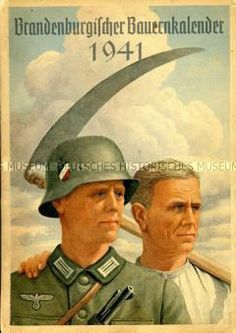
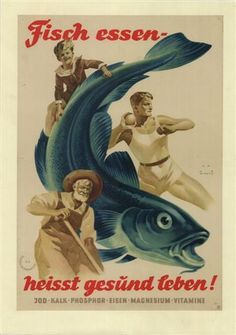
Rationing was introduced in Germany shortly before the outbreak of war in 1939. Initially, clothing, shoes, leather, soap and most foodstuffs were rationed. Many homes and apartments were heated with steam radiators that required coal burning hot water heaters. Kitchens often had cast iron stoves fueled with coal or wood.
Color-coded ration stamps were issued to all civilians for: sugar, meat, fruits and nuts, dairy products, eggs, oil, grains, bread, marmalade and ersatz coffee. Food stamps were also required to purchase meals in restaurants.
During the war, various imitation food products were developed including; margarine, rice patties cooked in fat as ersatz meat or mixed with onions and fish oil as ersatz fish. Flour was augmented with ground chestnuts, pea meal, potato meal, and barley. Salad spreads were made of herbs mixed with salt and red wine vinegar. Nettles and goat’s rue were used as spinach substitutes or additives to soup.
Despite shortages, nearly anything was available on a thriving black market for those with money or valuables to barter.
In the early years of WWII, Germans were well fed by food seized from occupied countries. However, by the winter of 1944, as occupied countries were lost, food rations were severely cut. The situation steadily deteriorated into severe shortage as the Nazi regime collapsed in 1945.
The post Rationing – WWII Germany appeared first on Enemy in the Mirror.
July 14, 2016
▶Food is Ammunition – 1943
This WWII government film, with very explicit recommendations, emphasizes good nutrition as a weapon of war. “Eventual victory in this war may depend on what we eat.”
Although rationing was imposed in the USA, food insecurity was never an issue for Americans during WWII. As we shall see in the next two posts, this was not the case in Nazi Germany or Imperial Japan.
The post ▶Food is Ammunition – 1943 appeared first on Enemy in the Mirror.
July 11, 2016
Eternity 万世流芳 – 1943
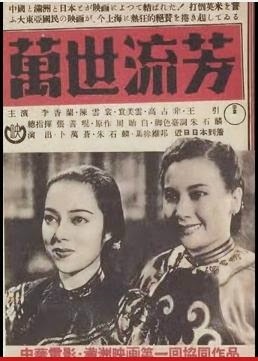
Eternity (万世流芳), a controversial collaborative film effort between Japanese and Chinese filmmakers, was made in Japanese-occupied Shanghai in 1943.
Relating the story of Lin Zexu and the Anglo-Chinese First Opium War, the film was a Japanese attempt to produce an anti-Western film that would appeal to the occupied Chinese.
At war’s end, the film was considered a propaganda tool of the enemy, and many of its production staff left Shanghai due to the hostile environment.
The cast included the Chinese actor Chen Yunshang.
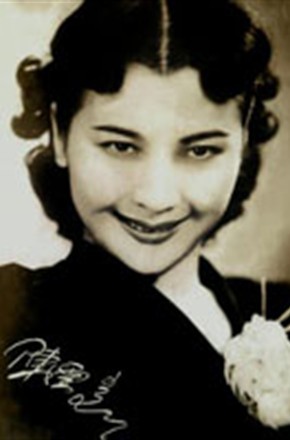
Chen Yunsang
However, the major star of the film was the Manchuria-born Japanese actress Yoshiko Ōtaka who had previously appeared in several Chinese films using her Chinese name of Li Xianglan. In addition to acting, she was a popular singer with popular hits including the Candy-Peddling Song (賣糖歌) and Quitting (opium) Song (戒煙歌).
Unlike her previous films, which were blatantly pro-Japanese, Eternity brought Li stardom, and entry into the mainstream Chinese film market.

Yamaguchi Yoshiko
The post Eternity 万世流芳 – 1943 appeared first on Enemy in the Mirror.
July 7, 2016
Battle of Kursk – July 1943
Although this video relates some disputed statistics, and seems skewed toward Germany’s aces, it is an interesting overview of this important battle that effectively ended the German offensive on the Eastern Front.

The Battle of Kursk between German and Soviet forces took place 280 miles southwest of Moscow during July and August 1943. The German offensive, met by two Soviet counter-offensives, led to one of the largest armored clashes in history.
Alerted months in advance by British intelligence, the Soviets reinforced the area and prepared an elaborate defense system to repel the German armored spearhead.
The resulting Battle of Kursk, with ~ 6,000 tanks, 4,000 aircraft and 2 million fighting men, is regarded as the greatest tank battle in history: Soviet Dead: 254,470 killed+missing. German casualties: 203,000 killed, wounded + missing.
After the catastrophic losses at Stalingrad, the Battle of Kursk was the final strategic offensive the Germans were able to launch on the Eastern Front. For the rest of the war, the Soviet Red Army maintained the strategic initiative.
The post Battle of Kursk – July 1943 appeared first on Enemy in the Mirror.
July 4, 2016
Fred Waring – 1942
Fred Waring and his Pennsylvanians Chorus and Band was formed in 1918 at Pennsylvania State University.
While the 1925 song Collegiate was probably their best known song, other novelty songs were I’ve Never Seen a Straight Banana and I Wonder How I Look When I’m Asleep.
By the end of the 1920s, Fred Waring and his Philadelphians was one of Victor Talking Machine Company’s best-selling orchestras. The group had a successful radio show, but ceased recording until 1942 during WWII. Thereafter, they continued to be popular on radio.
From 1948 to 1954 The Fred Waring Show, sponsored by General Electric, appeared weekly on CBS Television until Fred Waring’s death in 1984.
The post Fred Waring – 1942 appeared first on Enemy in the Mirror.
June 30, 2016
Allied Victory in North Africa – May 1943
From June 1940 until May 1943, major campaigns were fought in the Libyan and Egyptian deserts, Morocco, Algeria and Tunisia.
The Allied North African war effort was dominated by the British Commonwealth with American assistance beginning in May 1942.

The North African campaign began in June 1940 with the Italian declaration of war and a series of cross-border battles in Libya and Egypt. When British Commonwealth forces destroyed the Italian 10th Army in December 1940, the German Afrika Korps, commanded by Field Marshal Erwin Rommel (“The Desert Fox”) was dispatched to North Africa to reinforce Italian forces and prevent a complete Axis defeat.
A see-saw series of battles for control of Libya and parts of Egypt followed, reaching a climax in the Second Battle of El Alamein in November 1942 when British forces under the command of Lieutenant-General Bernard Montgomery pushed the Axis forces back into Tunisia.
After the British-American Operation Torch landings in late 1942 conquered Vichy French forces in Morocco and Algeria, Axis forces encircled in Tunisia were finally forced to surrender in May 1943. The Allies then prepared for the invasion of Italy.
In 1943, with the disastrous loss at Stalingrad in February and the Afrika Korps defeat in May, the boundaries of the Third Reich were beginning to be threatened.

The post Allied Victory in North Africa – May 1943 appeared first on Enemy in the Mirror.
June 27, 2016
Tottori Earthquake – September 1943

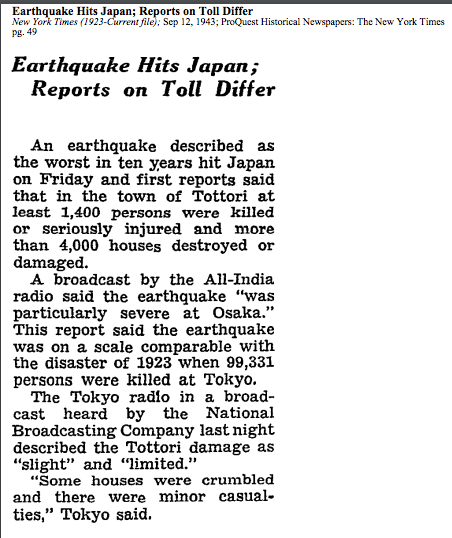

The 7.2 Richter scale Tottori earthquake had an epicenter offshore from Ketaka District (now part of Tottori). Tottori city, with many antiquated buildings was the hardest hit with ~80% of its structures damaged or destroyed. As the earthquake struck in the evening when most kitchens were preparing the evening meal, fires broke out all over the city.
1083 people were killed, including numerous Koreans working in the nearby copper mines.
Put into the greater context of the war, this tragedy came at a time when the perimeter of the Japanese Empire was beginning to recede. The map below shows the extent of the empire in 1943. However, at the time, Japan was losing the battle for the Solomon Islands and beginning to lose most of New Guinea.
August 6/7, 1943 – Battle of Vella Gulf in the Solomon Islands.
August 25, 1943 – Allies complete the occupation of New Georgia
September 4, 1943 – Allies recapture Lae-Salamaua, New Guinea.
The post Tottori Earthquake – September 1943 appeared first on Enemy in the Mirror.
June 23, 2016
Ronald Reagan ID’s a Zero
Recognition of the Japanese Zero Fighter was a 1943 film produced by the United States Air Force to instruct pilots in the Pacific theater how to recognize enemy aircraft at long distances and avoid “friendly fire” incidents.
Emphasis was on recognizing difference between a USAAF P-40 Warhawk and a Japanese Mitsubishi Zero.


The post Ronald Reagan ID’s a Zero appeared first on Enemy in the Mirror.
June 20, 2016
IMAGES – WWII
Images often evoke powerful emotions of times past. As a writer of history-inspired fiction, I create visual story boards of locations and characters from which I write scenes. On my Pinterest site, I have collected a number of photographs, drawings and posters evocative of the WWII era.
Here are a few examples.

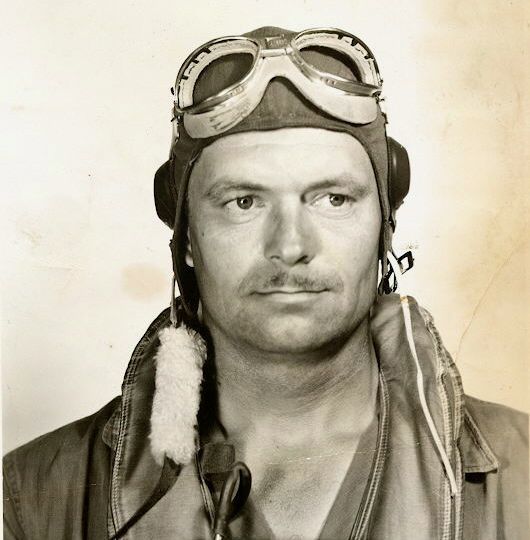







The post IMAGES – WWII appeared first on Enemy in the Mirror.
Enemy in the Mirror
I began by posting events around the turn This website www.enemyinmirror.com explores the consciousness, diplomacy, emotion, prejudice and psychology of 20th Century America and her enemies in wartime.
I began by posting events around the turn of the 20th century as I was researching my first novel about the Pacific War. I continued through WWII for my second novel about the Battle of the Atlantic. Now I am beginning to look at the Cold War as I gather information for my next novel about the Korean War. ...more
- Mark Scott Smith's profile
- 7 followers




